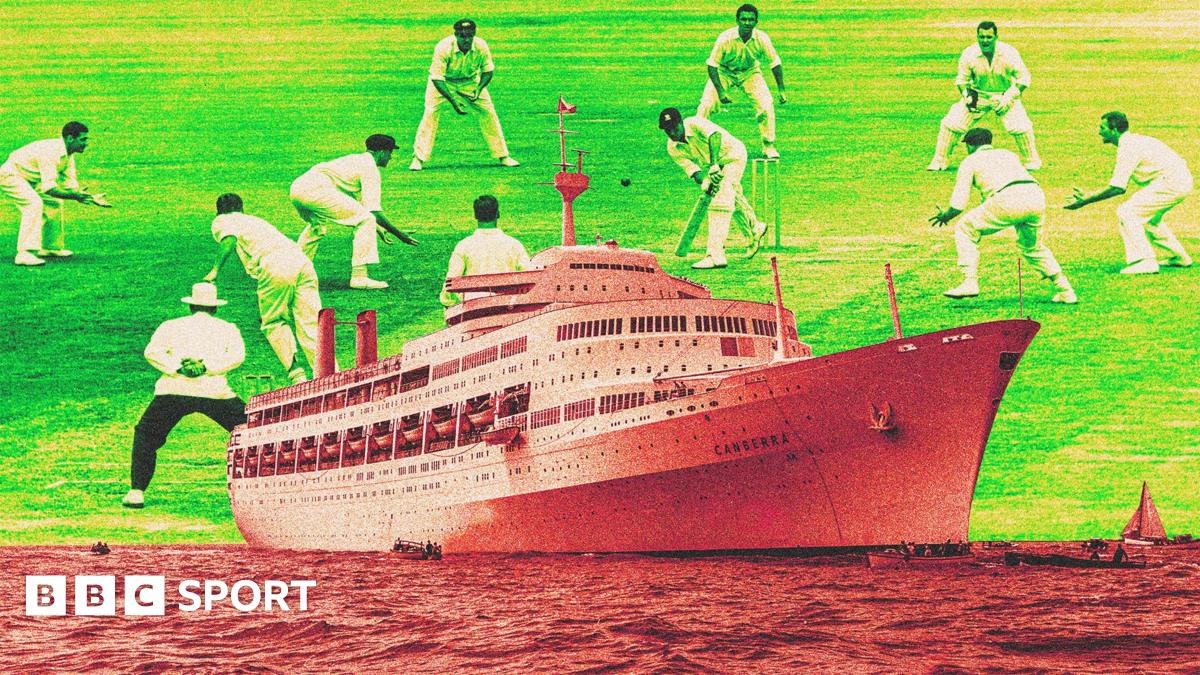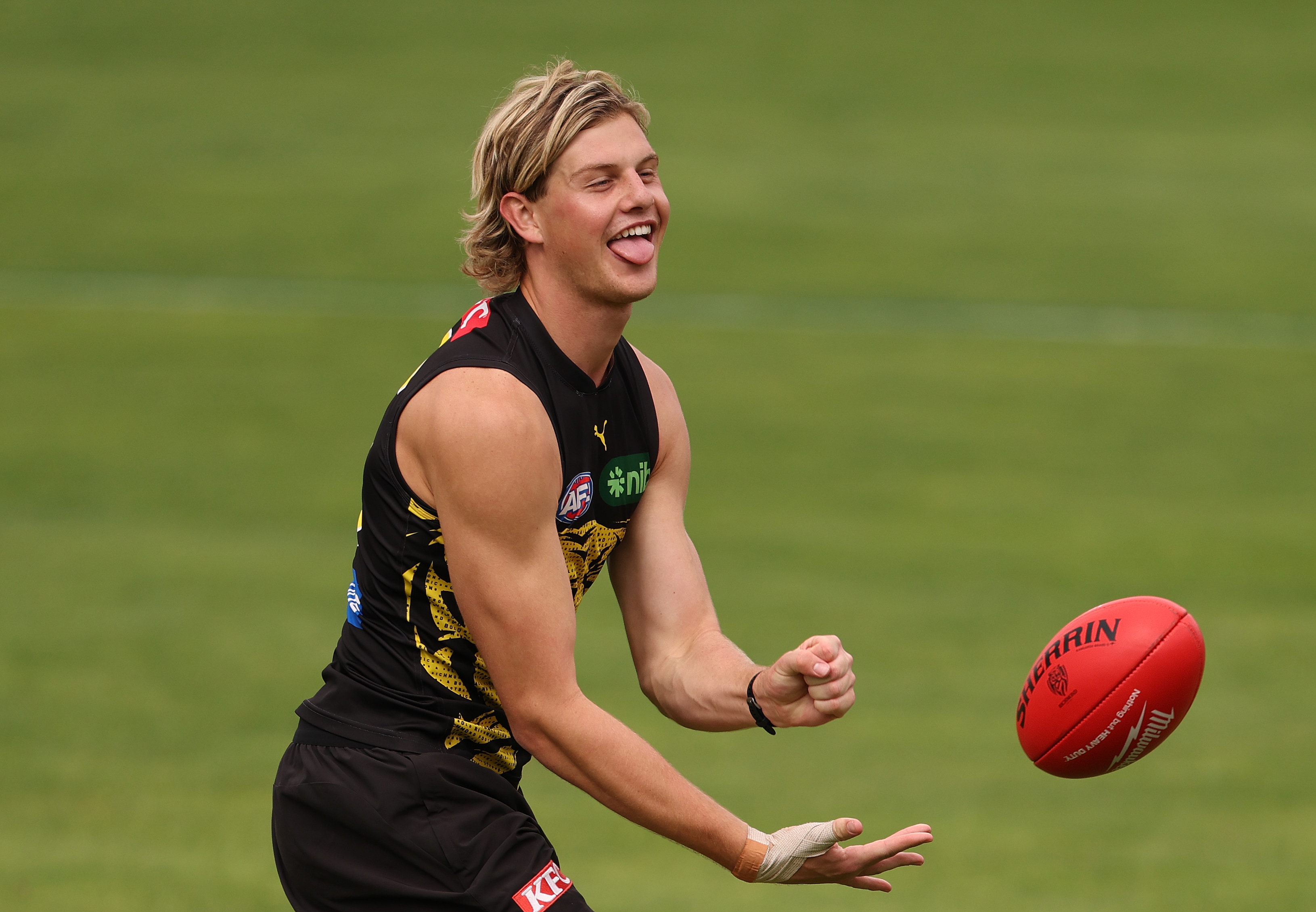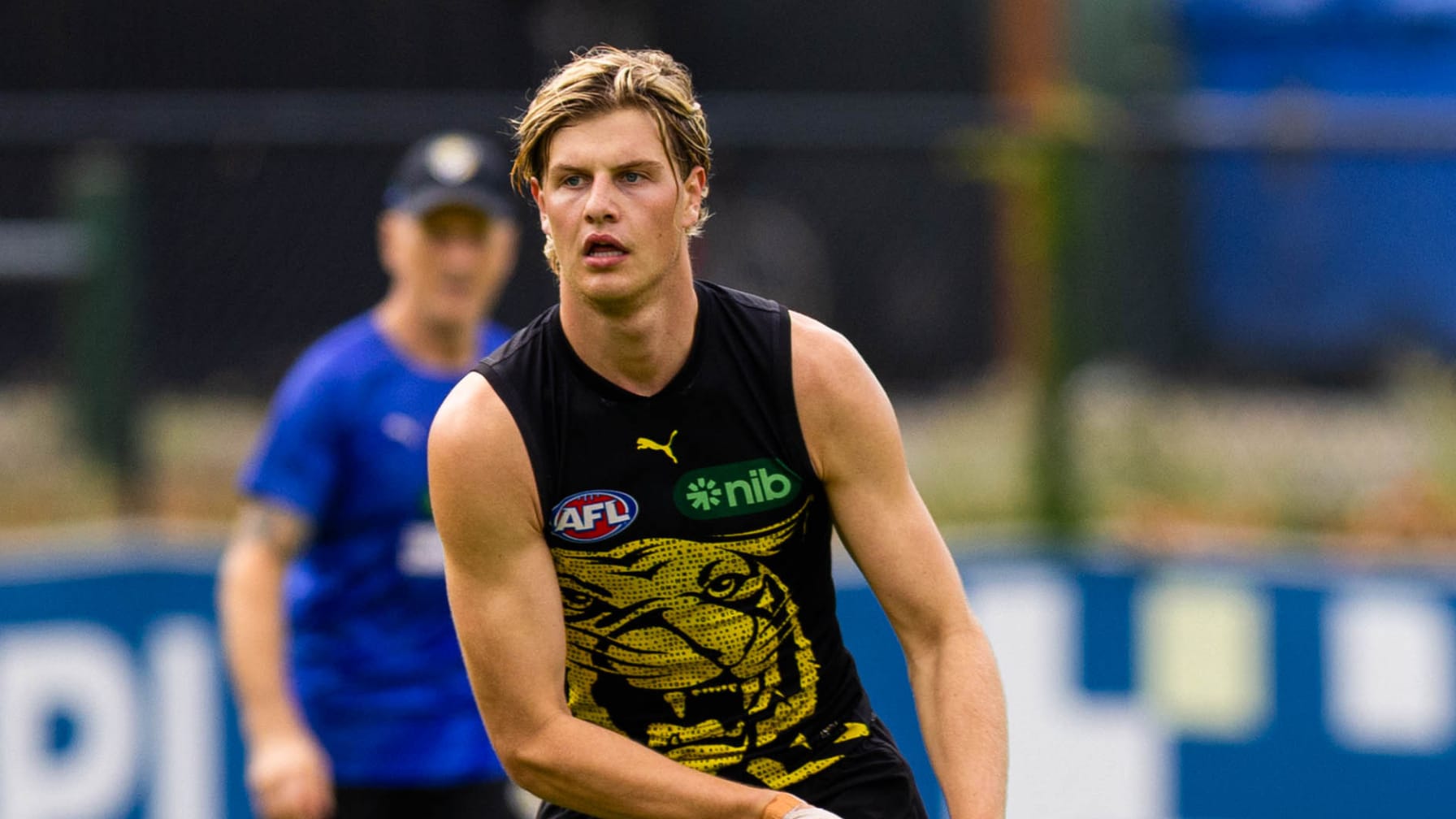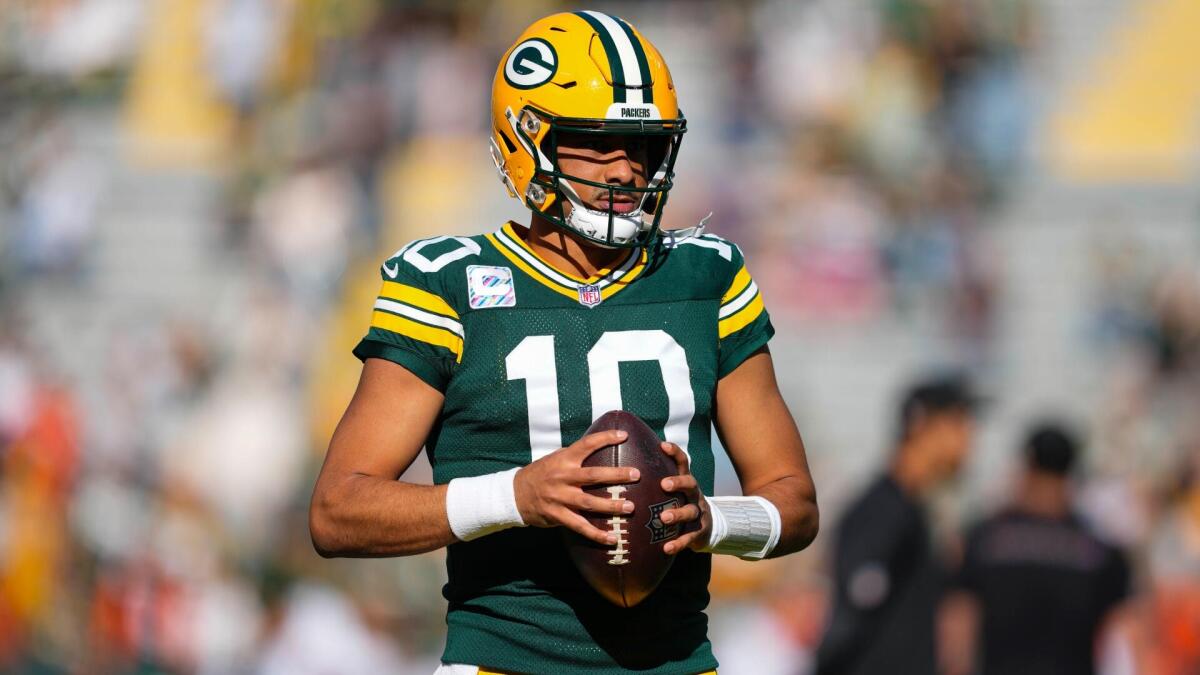The Ashes: When Fred Trueman refused to run around the boat

Distance is a huge part of the Ashes romance - cricket's oldest rivals separated by 10,000 miles; half the world away, the ultimate sporting pilgrimage.Ben Stokes and his England class of 2025-26 experienced Australian hostility as soon as they touched down. The captain was splashed across the front page of The West Australian on his arrival in Perth.At least Stokes and his men travelled down under in ultimate comfort - airport lounges, business class, beds in the sky (perhaps not restful for Mark Wood, a terrible flyer).For England players of the past – and Australians travelling the other way – an Ashes trip was undertaken by boat, meaning weeks and weeks at sea.The modern cricketer would probably baulk at the prospect. By contrast, David Larter, part of the last England squad to reach Australia by ship on the 1962-63 tour, had a "dream" experience."You enjoyed being on a huge ocean liner like that, and the life it afforded while you were on there," Larter, now 85, tells BBC Sport."The Marylebone Cricket Club, in their wisdom, paid for us to travel first-class. We got a mixture of old millionaires taking in a bit of sun, and us. It was out of this world."It was a time for bonding. By the time we got to Perth, we had a coherent unit, ready to move as one."Even the 1962-63 tour was not quite the gruelling expedition of previous Ashes journeys. The England squad flew part of the way, to Aden, where they met their vessel The Canberra for the remainder of the trip to Perth. In Larter's words, that meant "just" 10 days on the high seas.Larter was only 22 at the time. Standing at 6ft 7in, he was a bowler of lively pace, capable of extracting hostile bounce. He played in the last Gentlemen v Players fixture in the summer of 1962 and made his Test debut later that year against Pakistan.It was only two years after Larter had made his first-class debut for Northamptonshire. Before then, he worked in an insurance office. He was the youngest member of a squad led by Ted Dexter and containing bona fide greats like Colin Cowdrey, Ray Illingworth, Fred Trueman and Brian Statham.England were looking to win back the urn after being beaten 2-1 on home soil in 1961.Almost unfathomably, with the first Test not beginning until 30 November, England gathered in London more than two months earlier, at the end of September.First the plane, then the ship - surrounded in Aden by local traders looking to cash in on the tourists. In Larter's biography, written by Richard Sayer, there is a tale of former BBC cricket correspondent and Test Match Special doyen Brian Johnston joshing with one salesman by attempting to negotiate a price for one shoe, rather than the whole pair.After launch there was the question of how to fill the days at sea."In my case, you eat," says Larter. "Honestly, I've never had, either before or since, such a sustained spell of magnificent eating."The stewards loved us. They'd bring these great trolleys of wonderful food, and they knew we'd eat it."With copious amounts of food available and an Ashes series to prepare for, the players had to keep fit."We'd have an exercise session in the morning, then there were badminton courts netted off for us. We'd shove weights about, and jump up and down and things like that," says Larter.The England management wanted to take things a stage further.By chance, Dexter found that British athlete Gordon Pirie was on board. Pirie won 5,000m silver at the 1956 Olympics in Melbourne."He was invited to organise us," says Larter. "He turned up with his shorts on and decided the best exercise would be running around the boat."It's quite a long way around one of those big boats, but I did what I was told."Not everyone in the touring party was as agreeable as Larter. Trueman, never shy of speaking his mind, had just bowled more than 1,100 overs in the English summer."Fred voiced an opinion which meant in no way was he running around," says Larter. "That just wasn't what we did to get fit. To get fit, we played cricket."Fred said he'd just bowled all those overs in the season, and he wasn't going to run around a boat for anyone. The Gordon Pirie thing died off after that."For Larter, the trip was not just a first England tour, but a first time out of the country. On the upper deck he mixed with the wealthy travellers, lower down he encountered the Poms emigrating to a new life down under."We found the greatest reception came downstairs," he says. "There were people emigrating or moving for all sorts of reasons. A lot of them were young, out to make new lives. It was interesting to meet them. There were more than a couple of decent bars and you could have a quiet pint."The journey was not a straight passage to Perth. Remarkably, England tuned up for a tour of Australia by hopping off in Sri Lanka to play a game in Colombo."We walked out on to the field and Ted Dexter said I would be opening the bowling," says Larter."I marked out a run, ran in, and fell flat on my face. A real sprawler. I picked myself up, went back, came in again and did the same thing."I'd lost my land legs. They weren't going where I wanted, because I'd been on the boat."Ted came across and said 'what's wrong?'. I said they don't work! He took me off. Barry Knight had to finish the over."We were entertained and looked after by the British Army. They put on a big barbecue on the beach for us. How do you get to that from a small town in Suffolk? On the beach in Sri Lanka with all of these nice people. It was an eye-opener, just being there."Another learning curve for Larter was his encounter with England's tour manager. In those days, the manager not only kept the players on the straight and narrow, but also acted as a figurehead. Tours were sociable occasions, with hands to be shaken and speeches to be made. The manager was often seen as an ambassador for the visiting team.On the 1962-63 tour, the surprise choice for the role was Bernard Fitzalan-Howard, the 16th Duke of Norfolk."You had to respect the fact he was of royal descent," says Larter. "You weren't cheeky to him."First thing in the morning, he was addressed as 'your grace'. If you were introducing him to anyone, it was 'his grace'. After that, for the rest of the day, it was 'sir'. There was that mark of respect, a bit like being in the forces. You knew who to salute, and who not to."He surprised us with his knowledge of the game. He was good at wanting to know about us and invited us all to dinner, two players at a time. Apart from that, his social movements were several scales above us."Not all of the touring party had a positive view of the Duke, whose presence added to a list of distractions in the eyes of Trueman. Among the playing squad was the Reverend David Sheppard, while Dexter's wife Susan, a model, was also on the trip."All that the newspapers and television programmes were full of was where the Duke's horses were running, where David Sheppard was preaching and what Mrs Dexter was wearing," bemoaned Trueman.This week, England will play their one and only warm-up match before the upcoming series, a three-dayer against England Lions in Perth.In 1962, England played nine matches in five different states across six weeks before the first Test began. In five months in Australia they played 22 matches on top of the five Tests, reaching all corners of the country.Larter lapped up the Aussie lifestyle, living off his tour fee of £1,250 – worth more than £23,000 today."I got offered about three jobs, just by talking to people," he says. "I nearly thought 'this is the place for me'. I almost moved there."There was never thought of a call home. I wasn't offered and I never thought of it. We'd get airmail and yesterday's Telegraph newspaper sent to the dressing room."We had Christmas dinner on the beach. That was surreal. How does an Englishman take his Christmas dinner on the beach? It was almost a surprise to us to find the Australians celebrated Christmas as much as we did, just in a different way."But Larter's Ashes was bittersweet. Despite appearing to have attributes that would suit Australian conditions, he did not play a Test, stuck behind established new-ball pair Trueman and Statham in the pecking order.Though England went 1-0 up by winning the second Test in Melbourne, Australia hit back to level the series in the third Test in Sydney. Two more draws left the series level at 1-1, meaning the home side retained the Ashes.It was "depressing" for Larter, though opportunity was still around the corner. Incredibly, England pressed on from Australia to New Zealand, stretching the tour to six months. Larter played in all three Tests, picking up seven wickets in the match in the series opener in Auckland. England won 3-0."I was really pleased to take a bagful of wickets," says Larter. "It was almost 'that showed em'."By the time England returned home it was almost the end of March and the new county season was only weeks away.Larter floated around the England team for the following three years, taking his total of Test caps to 10.He was part of the squad for the following Ashes tour of Australia in 1965-66, this time a journey taken exclusively by plane. There was more disappointment on Australian soil. Larter suffered an ankle injury that would eventually end his career. It was another Ashes tour on which he did not play a Test.He drifted away from the game, describing his feelings as "anti-cricket". Larter turned down coaching jobs to join his father's haulage business.He now lives in mid-Wales with his wife Thelma. He has his ceremonial England cap on display and still has the team photo from the 1962-63 tour, along with some projector slides of images captured aboard The Canberra."It was an unbelievable experience," he says. "I mean that in its proper sense. You couldn't believe it was going to happen, but it did."Apart from not playing, I had the time of my life. It was wonderful."



.jpg)







